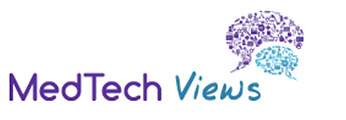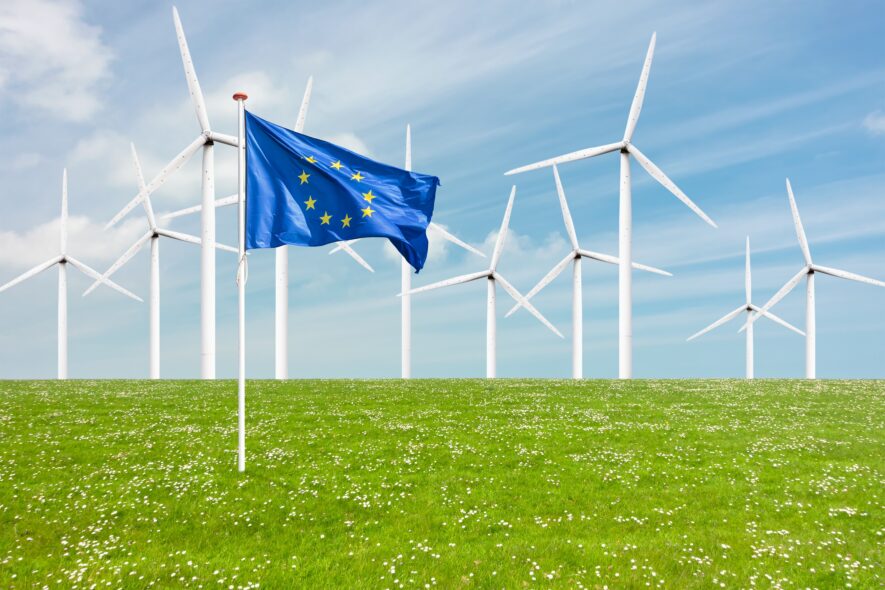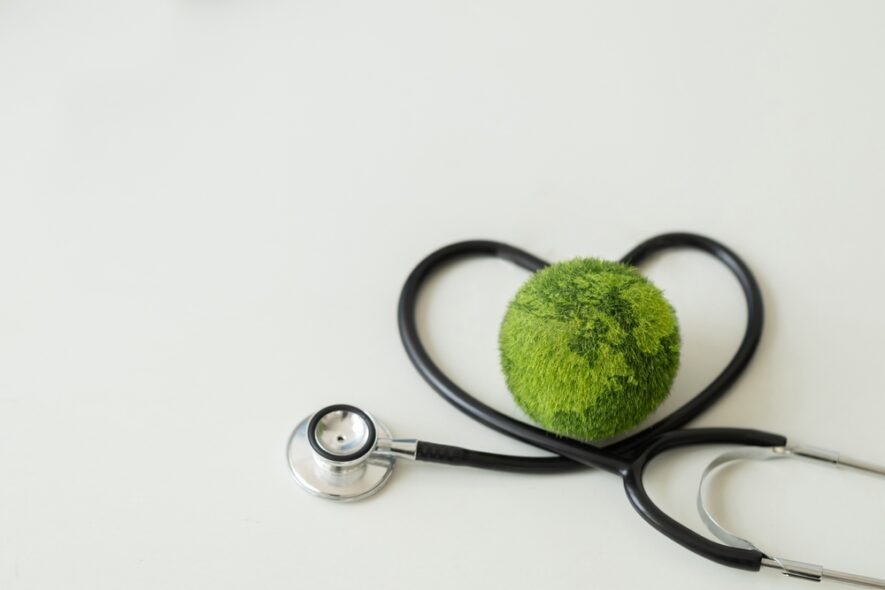Material and substance innovation is transforming the medical technology sector, driving advancements in safety, performance, and sustainability. Cutting-edge biomaterials, biodegradable polymers, and smart substances for example, can revolutionise medical devices, implants, and diagnostics, improving patient outcomes while reducing environmental impact. The development of eco-friendly alternatives, such as plant-based plastics or recyclable components, can also support a circular economy, reducing waste and reliance on finite resources.
Europe’s medical technology industry is at the forefront of these innovations, aligning with sustainability goals while boosting competitiveness. By investing in sustainable, high-performance materials, companies reduce regulatory risks, improve market positioning, and attract eco-conscious customers and talent. Technological breakthroughs not only redefine healthcare but also create a resilient, future-proof industry. With material and substance innovation, medical technology is paving the way for a healthier, more sustainable world.
At the same time, materials and chemical substances are chosen and used in medical technologies for specific reasons, as they often offer a unique combination of properties that can otherwise not be achieved. The medical technology sector is committed to the highest standards of chemical risk management measures and is working with its suppliers to continuously improve the performance of its products and processes.
In the transition to alternative materials and substances, preventing unintended consequences for patients and healthcare systems and shortages of treatments, technologies or solutions for patients and practitioners, remains key. Chemicals policy should therefore take into account several key aspects, such as:
- Transition pathways to alternative substances and materials must be realistic, especially when there are no alternatives and the uses of chemicals are essential to health and society while emissions are properly controlled; alternatives need to be better performing and fit to pass the stringent sector specific safety regulation;
- Regulatory coherence with the sector-specific Safety Regulations (EU) 2017/745 on Medical Devices and (EU)2017/746 on In Vitro Diagnostic Medical Devices Regulation (IVDR) and their timelines for regulatory pre-market approvals is pivotal for the uninterrupted supply of medical technologies in the transition;
- As multiple chemical policies and further environmental regulations apply to the medical technology sector, simplification of processes supports transparency, predictability and efficiency in implementation.
- The Chemicals Industry Package should properly address downstream user and article manufacturer aspects, including those of medical technology industries, considering the overriding impact of REACH restrictions and authorisations on them and related supply chain challenges.
- The European Chemicals Agency should be equipped with the necessary resources, human and financial, as well as medical technology specific expertise as it takes on new tasks proposed under the One Substance, One Assessment Package.








